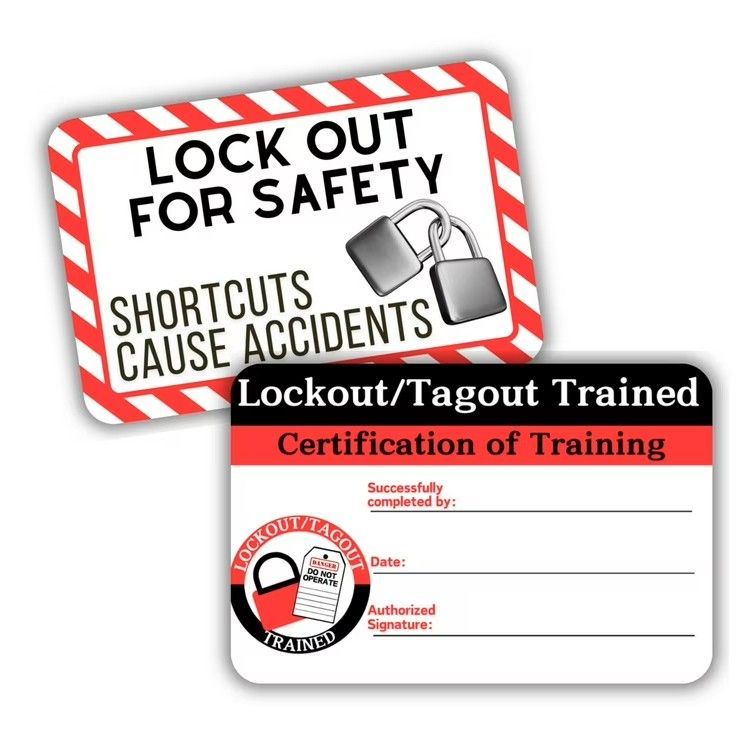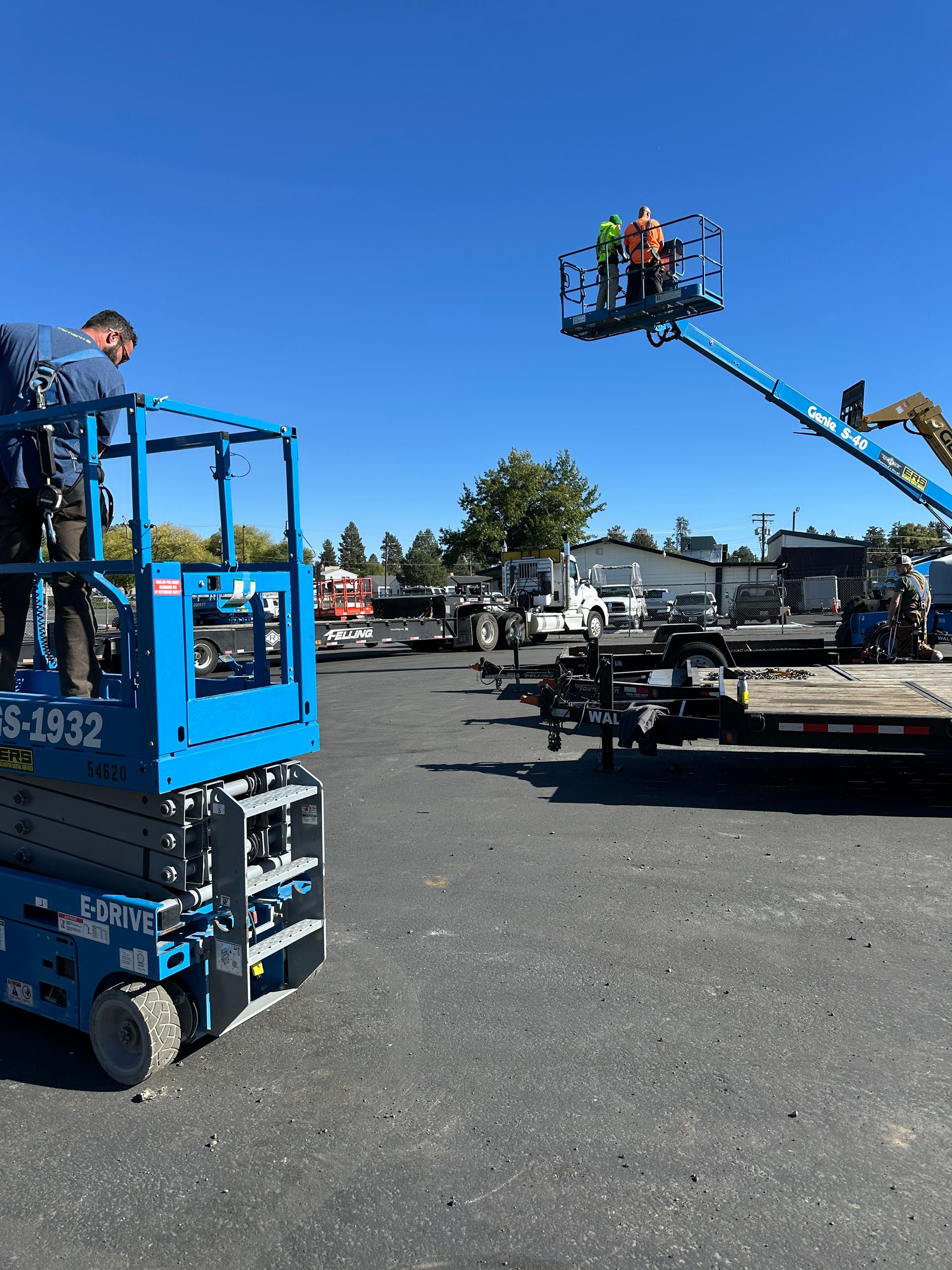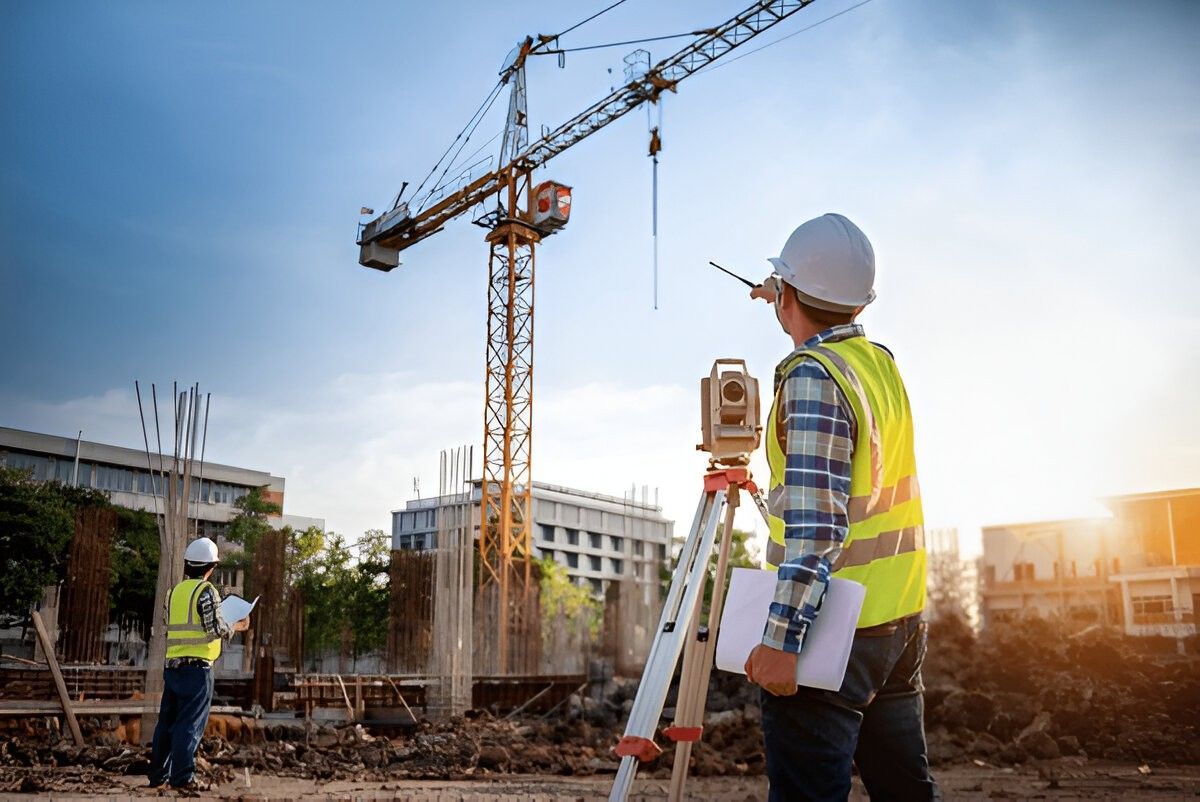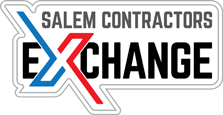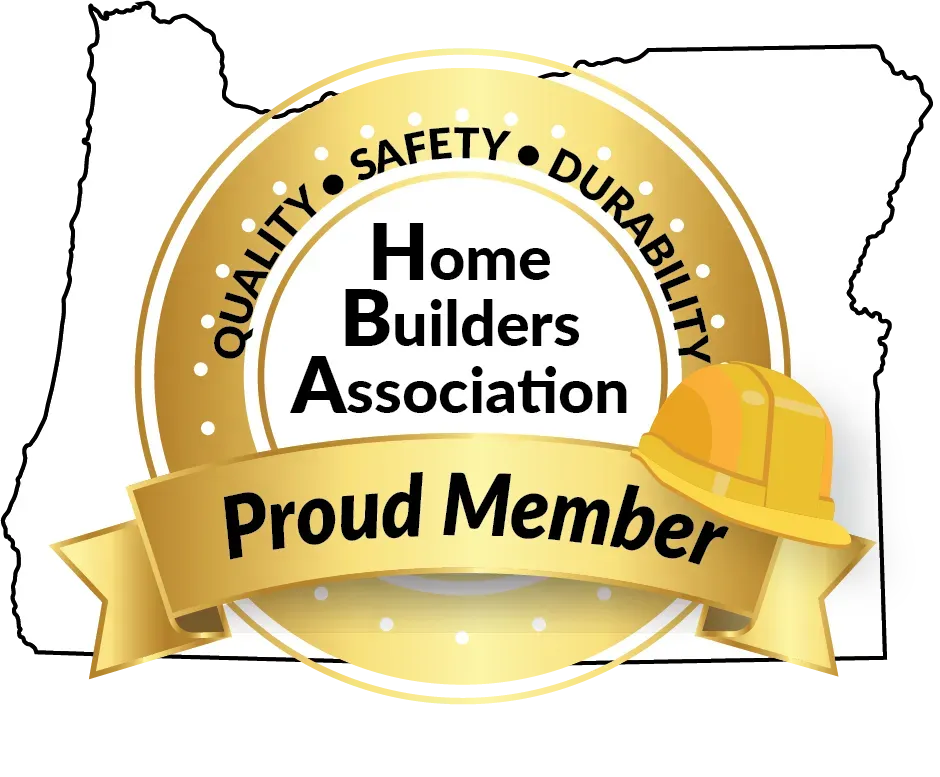Industrial Electrical Safety Training for Safer Workplace
Industrial electrical safety training isn't just another checkbox for compliance; it’s a critical skill set every technician needs to work safely and effectively around energized systems. Technicians working with electrical equipment face unique hazards that require more than surface-level knowledge. This training ensures they’re prepared to handle real-life risks without compromise. So, do you need a license to work in such conditions? Not always. But training? That’s non-negotiable.
Ignoring proper education in electrical safety can result in missteps with serious consequences. It's not just about meeting a requirement; it’s about ensuring everyone returns home without injury.
Why Electrical Incidents Still Happen?
Accidents still occur despite available protective gear and safety manuals. One major reason is a lack of structured, skill-based learning. Many technicians are taught on the job, but that often skips over crucial steps. Gaps in knowledge, like identifying arc flash risks or proper lockout procedures, can turn small oversights into serious injuries. That’s where structured instruction bridges the gap between routine tasks and safe execution.
A single mistake, like touching an exposed conductor or failing to isolate power properly, can lead to electrocution or fire hazards. Such errors often stem from poor or outdated training practices that haven’t evolved with current technologies and tools.
What Real-World Training Should Cover
Effective programs go beyond theory. They simulate high-risk situations in controlled environments. Trainees learn how to respond under pressure, how to inspect for faults, and how to follow step-by-step lockout procedures. Courses must cover grounding systems, electrical panels, emergency response, and shock protection.
To meet standards, electrical safety training courses should follow industry benchmarks from organizations such as OSHA and NFPA. This isn’t just about passing a test, it’s about performing tasks correctly every single time.
Practical assessments help build confidence in handling energized equipment safely. These assessments provide measurable feedback and demonstrate understanding beyond the classroom. Repetition under supervision builds reflexes that technicians can rely on under real job stress.
The Human Cost of Skipping Training
Electricity moves fast. A moment of hesitation or a missed step can result in serious injuries or fatalities. Technicians without proper training are more likely to misjudge voltage levels, mishandle tools, or bypass safety switches. That risk isn’t just individual—it affects co-workers, production, and company compliance. No shortcut ever pays off in this field. Every skipped hour of learning adds potential liability.
Loss of focus, overconfidence, or outdated practices often play a role. Training helps technicians stay sharp, especially in environments where distractions or time pressures are common. Investing in knowledge reduces the number of near misses and creates safer working conditions for everyone.
Clear Benefits for Employers and Teams
Businesses that invest in proper programs reduce downtime, prevent injuries, and build trust within their teams. Well-trained employees can work more independently, handle high-risk systems, and complete jobs with fewer mistakes. It creates a workplace where safety isn’t a suggestion—it’s standard.
Workplaces also gain legal protection by maintaining documented training records. That’s one of the smartest investments any industrial operation can make.
It also boosts morale. Workers feel more confident and valued when employers commit to their safety and professional growth. This leads to better retention, stronger teams, and fewer disruptions on the floor.
Format Matters: What to Look for in a Course
Look for training that includes visuals, hands-on sessions, and real examples not just slides and tests. Ideal sessions are instructor-led, either in-person or virtually, and allow for interactive problem-solving. Certifications should be backed by recognized safety standards.
Avoid programs that promise quick results without explaining practical applications. The goal isn’t speed; it’s confidence and safety on-site.
Reliable courses offer post-training support and refreshers. This helps maintain knowledge over time and supports ongoing compliance with evolving safety codes and electrical standards.
Final Look:
Electrical safety cannot be taught casually; it must be built through structured learning. For technicians handling energized equipment, these lessons are life-saving. Whether it’s a new hire or a seasoned employee, upskilling through online electrical safety training is the simplest way to ensure safety, compliance, and confidence. At KARM Safety Solutions, our certified programs are crafted to meet the unique needs of technicians. We offer customized instruction that equips your workforce to think, react, and operate safely. It’s not just about finishing a course it’s about building habits that last. Safety starts with training, and we’re here to deliver it the right way.
Equip your technicians with the right knowledge today. Contact KARM Safety Solutions and schedule your professional safety training where real protection begins.






